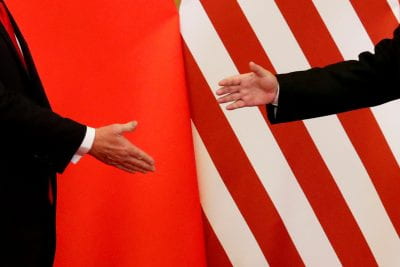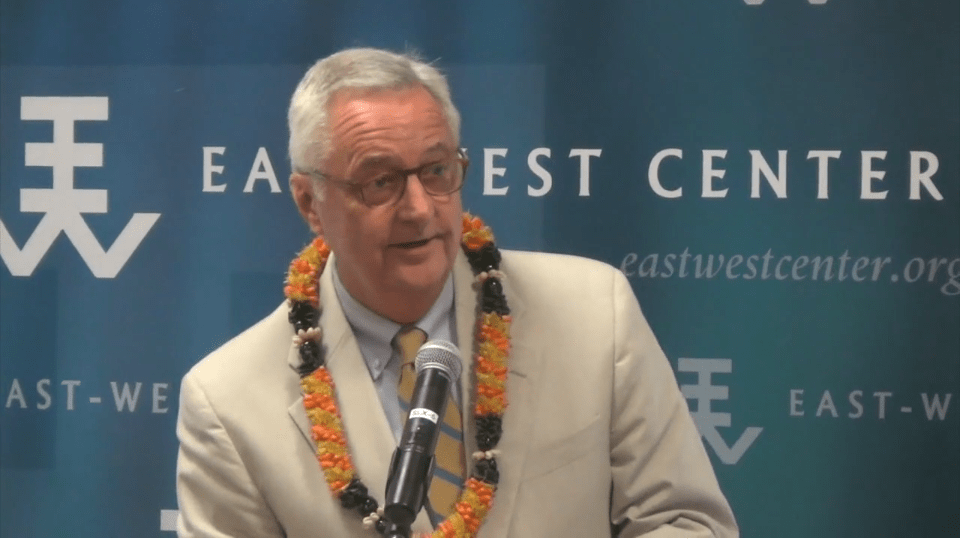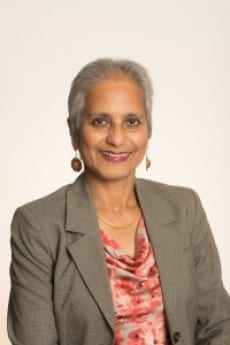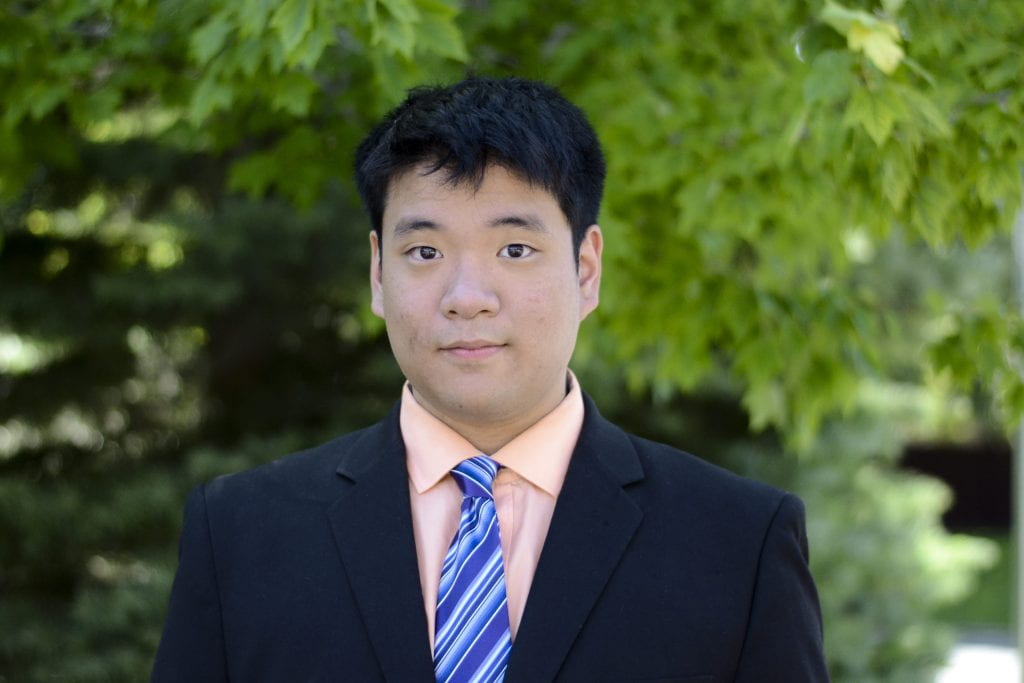By David Shambaugh
Article is below:
The strategic sands are shifting in Southeast Asia, as China makes multiple moves while the United States seems on its back foot. This is the predominant perception throughout the region. Seen from Beijing, countries in the region are making practical choices to build their economies and China is there to assist.From Washington’s perspective, as captured in the Trump administration’s National Security Strategy, ‘China seeks to displace the United States in the Indo-Pacific region, expand the reaches of its state-driven economic model, and reorder the region in its favour’.

Clearly, over the past two years, a subtle but noticeable gravitation towards China has been apparent across the region. The principal question is whether this is a temporary and tactical or a more long-lasting and secular trend. Further, are all ASEAN states gravitating equally towards China? What does the apparent ‘bandwagoning’ with Beijing suggest about Southeast Asians’ vaunted hedging strategies to avoid dependence on external powers? If Beijing is pulling these countries into its strategic orbit, what is pushing them? Might China overreach and overplay its hand? Can Washington compete effectively in the game of strategic competition? What strengths and weaknesses does each major power bring to the competition?
The United States possesses broad and durable security ties, diplomatic interactions and commercial presence across the region. Its military assistance programs and security cooperation are second to none, and Beijing cannot compete in this sphere. US cultural exchanges are also robust, and the appeal of American soft power is strong — whereas China’s remains weak. US–ASEAN trade totalled US$234 billion in 2015, while US companies invested US$32.3 billion in ASEAN countries in 2012–2014 alone — more than three times that of China. The total stock of US foreign direct investment (FDI) in the region is US$226 billion — more than that of China, Japan and the European Union combined. Washington also contributes a variety of regional aid programs such as the Lower Mekong Initiative, and its US$4 billion in aid (as of 2015) outstrips that from Beijing three to one.
For its part, China’s strengths are primarily its geographic proximity and vast sums of money. Beijing’s lack of criticism concerning human rights and governance is also appreciated by Southeast Asian countries. China benefits from a more regular diplomatic presence, much greater trade, rapidly growing FDI and close geographic proximity. China’s economic footprint is huge and growing fast in the context of the Belt and Road Initiative. China’s trade with ASEAN reached US$345.7 billion in 2015. The trade relationship received a big boost in 2010 when the China–ASEAN Free Trade Area (CAFTA) came into effect.
Chinese investment into ASEAN has also been spiking upward, reaching US$8.2 billion in 2015, with a total cumulative stock of US$123 billion by the end of 2014. China is already the largest foreign investor in Cambodia, Laos, Malaysia and Myanmar, and the second largest in Singapore and Vietnam. China is also beginning to increase its military assistance programs and public diplomacy outreach in the region.
On the other hand, China’s weaknesses include (ironically) its geographical proximity (too near and overbearing), its South China Sea claims and militarisation and its occasional diplomatic manipulation of ASEAN. China has no real ability to provide security or defence for the region, and there remain historical suspicions that Beijing uses ethnic Chinese communities as ‘fifth columns’ in several Southeast Asian societies.
Thus, on balance, when comparing China’s regional involvement to that of the United States, I come to the counterintuitive conclusion that the United States possesses comprehensive comparative strengths vis-a-vis China in Southeast Asia. The United States is truly a multidimensional actor, while China remains primarily a single-dimensional power.
Recognising this, the United States needs to capitalise on its strengths and develop a comprehensive plan to effectively compete with China in the region and undertake a major public diplomacy effort to educate Southeast Asians about what the United States has to offer.
One major challenge is to correct the pervasive perception that the United States has repeatedly proven itself to be episodically engaged and not dependable. Washington should substantially raise Southeast Asia as a strategic priority in its Asian and global foreign policy — it is too important a region to cede to China. Many Southeast Asian states look to the United States as an offshore balancer, a role that the United States can and should play. This role should not be confined only to the security sphere, but should be comprehensive in scope — including the full range of diplomatic, cultural, public diplomacy and economic instruments.
When China overreaches and becomes too assertive in the region, which is quite likely (and there are already indications), then the United States needs to be physically present and be perceived to be a reliable partner for Southeast Asia.
David Shambaugh is the Gaston Sigur Professor of Asian Studies, Political Science & International Affairs and Director of the China Policy Program at George Washington University in Washington, DC. Parts of this essay are adapted from his article ‘US–China Rivalry in Southeast Asia: Power Shift or Competitive Coexistence?’ (2018).






